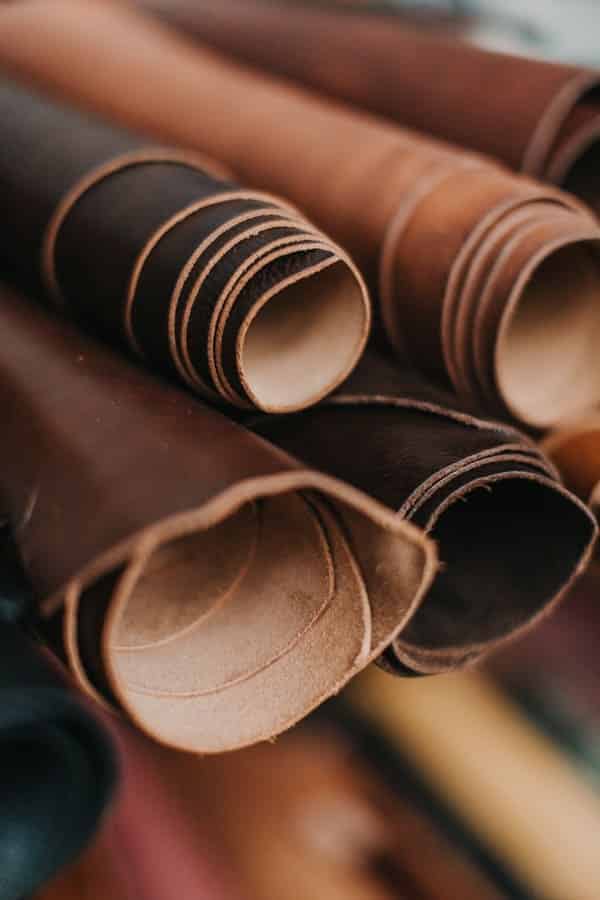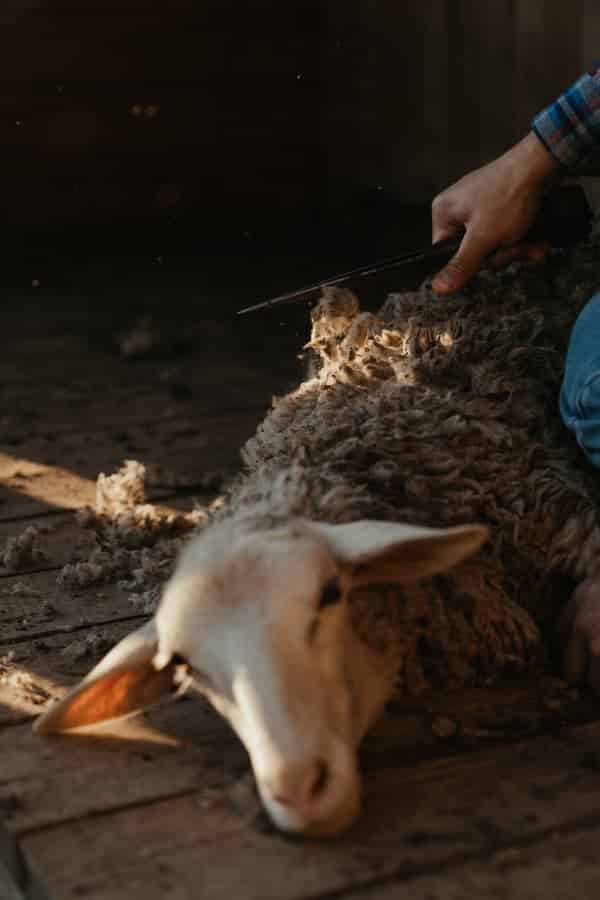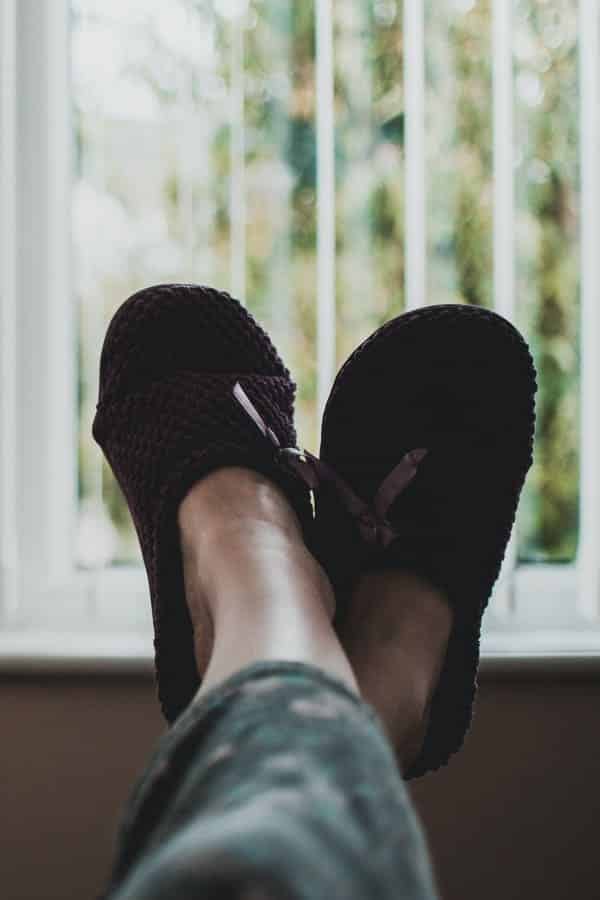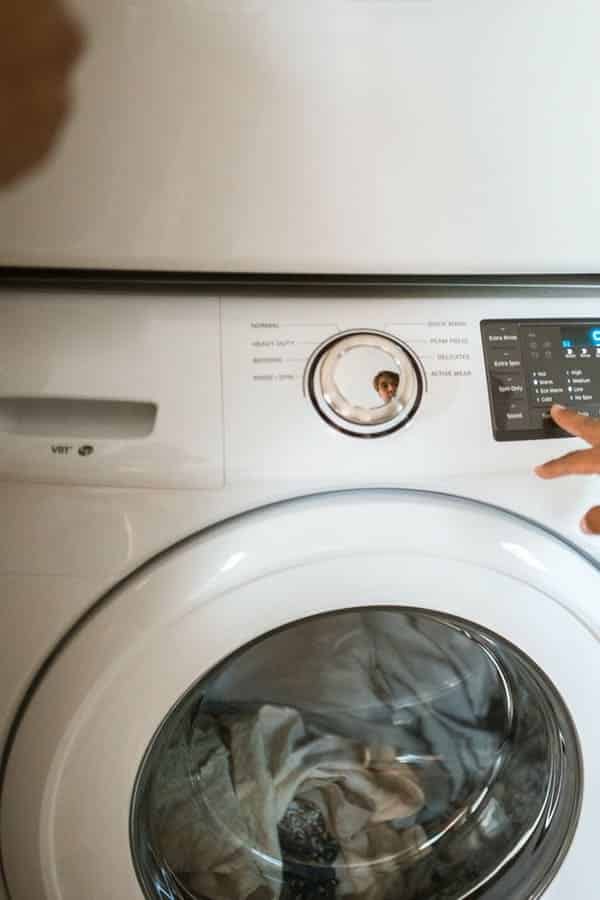Ugg slippers, also known as ugg boots, are a stylish sheepskin boot perfect for warm weather. They have a trademark sewing pattern, distinctive design, and are fashionable and warm.
However, they are notoriously delicate. Owning UGGs requires upkeep, as the delicate sheepskin exterior means that the pattern and fur of the shoe can be easily damaged.
Many UGG owners are unaware of how delicate the exterior of their boots may be, but the material means that not only do common staining agents like mud, coffee and grease pose a threat, but more uncommon ones like water and salt.
If you own a pair of UGGs, it can be daunting to understand how to approach cleaning them. Many advertised methods focus on preventatives, such as the UGG brand “Ugg Protectant” which the brand sells directly.
However, for many owners, they find out about this too late or find that it is a pricy addition to their cart when they are already paying for a designer boot. Moreover, many sources of advice direct customers to purchase specialist cleaning equipment from companies online.
However, there are many methods to try at home, or particular tools to use that you may already have on hand. If you are looking for a way to clean your boots now because of an emergency spill, or you’re just preparing for the future, read on.
There may be affiliate links in this article. You can read more about this in my disclosure.
What are Ugg boots?

Ugg boots, sometimes referred to by the brand UGGs, or called ugg slippers, are generally sheepskin boots. They were first used in Australia, and have a unique design.
They are generally made of twin-faced sheepskin, and are lined with fleece inside of the boot, with a hard leather or synthetic sole with a gently tanned outer surface. They began in Australia as being worn in Surfer culture, but are now popularly worn as slippers indoors.
In Australia, ugg boots came about as a convenient shoe to wear for shearers in the 1920s. People who sheared sheep’s wool found that the “wool yolk”, a sticky substance derived from sheep’s wool called lanolin, would rot their ordinary boots over time.
However, sheepskin boots were a warm and convenient alternative which did not deteriorate when exposed to the substance. They proliferated outside of this farming community however, entering the surfing community in Australia and then spreading across the world.
Sports teams such as the United States Olympic Team and the San Diego Chargers started to wear ugg boots, and they started to garner international exposure and acclaim.
The boots were useful for keeping the feet of swimmers and athletes warm in between sessions, and so popularized outside of shearers and farmers.
The Deckers Outdoor Corporation purchased various trademarks in the United Kingdom, the USA and the EU to become the unanimous “UGGs” brand; before this time, many people were importing them from Australia.
If you are from outside of Australia, you are most likely to encounter boots as a specific brand, UGGs. This is because within Australia, Ugg boots are a generic term that has been ruled to not be trademarked.
Outside of Australia however, Deckers Outdoor Corporation, a USA company, has trademarked the name.
What are UGGs made of?

Traditionally, ugg boots in Australia are made of sheepskin with fleece attached for warmth on the inside of the shoe. This is accompanied with a leather or faux-leather sole.
Some uggs are made with synthetic soles, and some are made with suede inside of sheepskin on the outside, making for a similar look but less delicate texture and feel, as well as different properties.
The stitching in the shoe is usually purposefully prominent, with large thick stitches often in beige to match the brown shoe traditionally. These stitches are visible from the outside of the shoe.
Because sheepskin is a natural material, it offers insulation to the wearer as well as breathability. The fleece on the inside of the shoe wicks away moisture and maintains air pockets, meaning that air will circulate and the temperature of the wearer’s feet is better regulated.
The breathability also allows for the shoe to trap less bacteria.
Some ugg boots are made more cheaply, particularly in Australia where some are sold as ugg boots without the trademark concern with cheaper materials like kangaroo fur.
However, outside of Australia the UGGs trademark ensures that the purchase of any product using the name UGGs guarantees the product you buy is made with official materials of a standardised quality.
Deckers-branded UGGs are not considered to be “ugg boots” but rather “Classic” Californian-style sheepskin boots.
The official UGGs are described by Deckers to be made of 17mm sheepskin lining, 17mm sheepskin insole, polyester binding, with 17mm Twinface sheepskin upper, overlock stitch detailing on seams, with a suede heel counter.

There is a trademarked “Treadlite” UGG outsole for comfort, and height varies depending on the style. Some UGGs go above the knee, while traditionally they are worn at ankle to mid-shin height.
Official Deckers-brand UGGs have an additional leather heel label with the UGG logo embossed on it, so you can be sure you are getting a quality designer product.
Many UGGs now come with additional waterproof treatments afterwards to increase water repellency, as typically the sheepskin material is extremely easily damaged by water and weather.
If not, UGG offers this as an additional service. Those with untreated UGGs should take particular care to take care their shoes are not exposed to water or the elements.
UGGs can come in various colors, when dyed after production, from traditional beige and browns to pinks, blues and gray.
How are UGGs made?

Genuine Deckers-brand UGGs are made with sheepskin and fleece wool, both of which are derived from sheep. The brand does not use synthetic leathers or other animals in their production, and UGGs claim to source their sheepskin ethically.
Most of the sheepskin used in UGGs comes from sheep reared for food, meaning when they are slaughtered for meat their skin is then sold for use in products like UGGs.
Deckers’ reports that the boots are produced using tanneries in China, which then source the raw skins from Australia and the United Kingdom. Beyond this point, the footwear is then sewn in factories located in both Vietnam and China before being exported abroad.
Uggs are made with a twin-face sheepskin, meaning there is both sheepskin on the inside and the outside of the boot. The fleece is tanned to the sheepskin itself and then constructed so it faces the inside of the boot.
The sole is often made of synthetic materials though were traditionally made with a leather sole; the soles sold by Deckers’ brand are made from thermoplastic rubber, a high-density ethylene-vinyl acetate (EVA) rubber for long-lasting durable wear.
Boots are double-stitched for durability and long wear.
How to clean my UGGs?
Cleaning your UGGs can depend on what they exposed to. UGG themselves sell an UGG protector, which can be used on your shoes to treat the material before everyday use.
There are also similar sheepskin protectors that can be applied to the delicate sheepskin material before usage, as it is extremely prone to absorbing environmental material which can cause damage to the shoe.
However, this has to be applied soon after purchase. Many brand-name Deckers UGGs actually have this treatment applied before purchase, but you will have to check your purchase to see whether this is the case.
This treatment protects the shoe for a while against water stains, but it does not make it stain resistant, and you will still have to take regular precautions against damage to the shoe.
As a regular cleaning process, you do not need to wet your UGGs, as the water can be a dangerous addition to UGGs unless extremely necessary. Invest in a suede brush, to gently brush dirt from the material without damaging the UGGs themselves.
This will prevent dirt and dust from becoming embedded in the material and free it from the suede, and keep the UGGs in good condition. Additionally, having a suede brush is good because they are necessary in the process of deep-cleaning your UGGs in case of staining.
How to clean dirt from UGGs?
If you are dealing with everyday surface dirt that is not moist, then brush your UGGs thoroughly but gently with an appropriate suede brush. After you have freed the dirt from the boot gently, dampen a sponge or rag very lightly with cold water.
Wring it out to ensure there is only a slight amount of water, as water will readily damage your UGGs. Dab it across the dirty surface.
Apply suede cleaner to the sponge, gently scrubbing onto the UGGs in a circular motion to free dirt. Add more cleaner as you go.
If you don’t want to invest in suede cleaner, you may consider using equal parts white distilled vinegar (to avoid staining) and water. There is a risk of this discoloring your UGGs, however, so do this with caution.
Rinse your sponge extremely thoroughly ensuring there is no remaining soap. Wring out any remaining soap, and once you are sure it is clean, use the sponge to blot away the remaining water on the shoe by having the sponge as dry as possible.
Use circular motions as you do so, until the boot is free of dirt. If you use suede cleaner, it is not necessary to entirely rinse the boot of the cleaner as it contains conditioning ages that are healthy for the suede.
For this reason, it can be useful to use suede cleaner in this context.
Finally, blot the shoe again with a clean cloth. Microfiber is useful, as the structure of the material cuts through grime and dirt.
As your shoe dries, the suede is at risk of cracking or shrinking due to the water, particularly if you applied an excess of it. Fill the boots with newspaper, paper towels, or hand towels.
Don’t overstuff the shoe as this may also cause problems as they dry, but filling it with a fair amount will give it structure as it dries and prevent the leather from cracking or shrinking.
Can I put UGGs in the drier?

No. Putting your UGGs in the drier will damage them very quickly, as the extreme heat will distort the leather, causing cracking, shrinkage and other damage.
Additionally, other elements of being washed such as being in the washing machine can be traumatic for UGGs as they are very delicate shoes. The structure can be easily destroyed.
You must not put them in the drier. Additionally, you should avoid putting them in direct heat in general, such as putting them directly on or in front of a radiator, in the sunlight, or blasting them with a hairdryer.
All of these components can warp and damage the shoe.
As the shoe dries, you should allow it to air dry somewhere with good ventilation. If you lack an ideal spot, a cold fan or open window should promote air flow, perfect for drying.
If the shoe has insufficient air flow as it dries, it can quickly become a problem where the shoe may maintain pockets of moisture that later develop mold, or parts stay wet longer than others which will cause distortion as the shoe dries.
As stated earlier, try to ensure there is structural support within the boot. Adding newspaper, paper towels, or cloths can keep structure in the shoe as it dries without damaging it.
Air-drying also reduces the risk of staining or fading in the shoe.
Last update on 2024-04-24 / Affiliate links / Images from Amazon Product Advertising API








